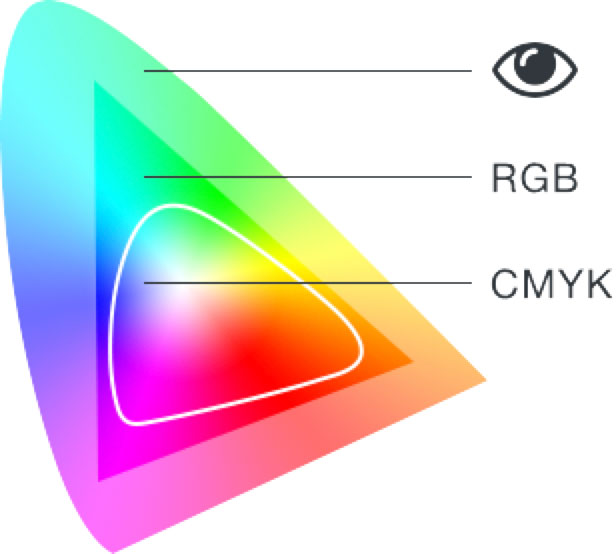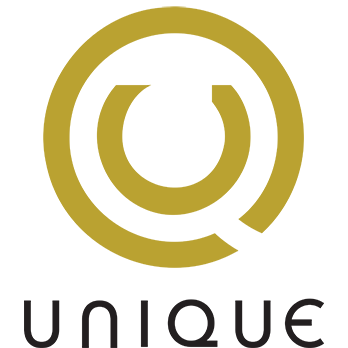FAQs
Frequently Asked Questions
Once I submit the documents, how long will it take to finish my job?
Simple jobs are often completed in less than an hour. Some jobs, however, may take several days to complete depending on their complexity and size. We always strive to provide an accurate estimate of the turnaround time for each job we do. And we’ll always work with you to find ways to complete your project when you need it.
Explaining Paper Stock Grades, Finish, and Weights
What is the difference between Text, Book, Bond, Offset, Cover, Bristol, Index, Tag, and Card paper?
Paper can be grouped into two main grades based on weight and thickness: Text and Cover.
“Text” is a generic name for a variety of lighter, thinner paper stocks that includes Book, Bond, Writing, Ledger, Offset paper. Text paper is flexible, can be easily rolled and folded and is used for printing flyers, handouts, letterheads, book pages, etc. The paper used in ink jet printers would be considered Text.
“Cover” is a generic name for a variety of heavier and thicker paper stocks that includes Bristol, Index, Tag, and Card paper. It is more durable than Text paper. Cover paper is more rigid and must be scored (i.e., dented or creased) before it can be folded. This type of paper is usually smooth, but can have a texture. It can have either a matte or glossy appearance. Cover/Card stock is often used for mass mailed postcards, business cards, playing cards, invitations, program covers, greeting cards, door hangers, catalogue covers, presentation covers, scrapbooking, etc. At its heaviest, Card stock would be similar to material used for a cereal box.
What’s the difference between gloss and matte paper?
Paper with a gloss finish is smooth and shiny while matte paper is flat with little or no shine. Gloss stock makes colors look smoother, deeper, richer, with great color-contrast. Photo’s and graphics tend to look better on gloss stock, while text heavy documents and artwork are often use matte stock.
Text is more easily read on paper with a matte finish. The softer looking dull surface of matte paper provides color contrast and clarity. Unlike glossy paper, matte stock is more forgiving of fingerprints, smudges and dust.
What’s the difference between lb, #, gsm, g/m2 and g/m2?
Besides a generic “Text” weight or “Cover” weight, descriptions often include a number to refer to the weight of the paper. The higher the number, the heavier the paper. Heavier paper is typically thicker as well.
There are two systems for indicating the weight of paper; an international metric system and a North American system. The North American system for paper weight uses pounds (expressed as either # or lb) while the metric system uses grams per square meter (gsm or g/m2 or g/m2), often called “grammage”. The North American pound rating is based on the weight of 500 sheets (a.k.a. a ream), while the metric rating is based on the weight of a 1 meter by 1 meter sheet.
The U.S. system is a bit confusing because the same pound number can be used for both lighter (Text) paper and heavier (Cover) paper. For example, 80# Text paper and 80# Cover paper have the same pound number even though the Cover stock is almost twice as heavy! The metric system in comparison is more straight forward. For example, 80# Text Paper weighs 104 g/m2 while 80# Cover Stock weighs 218 g/m2. The Cover stock is clearly more than twice as heavy as the Text stock.
The reason actual weight of Text and Cover stock of the same pound rating will be different is due to the way the pound rating is determined. Both use the weight of 500 sheets for the pound rating, but they use a different size sheet. For Text stock, 500 sheets measuring 25″ x 38″ are used. While for Cover stock, 500 sheets measuring 20″ x 26″ sheets are used instead.
Sometimes I see “10 pt” or “12 pt” paper stock listed. Is this a paper weight?
Sometimes the thickness of Cover/Card stock is used instead of its weight. In North America, paper thickness can be displayed in points (1/1000″ or .001″). For example, a 10 pt. Card stock is 0.010″ thick (about the weight of a 140lb Index stock) while 12 pt. Card stock is 0.012″ thick (about the weight of a 100lb Cover stock).

What do RGB and CMYK mean?
The initials RGB stand for the colors red, green and blue. Combined together they are capable of creating a wide array of colors. Consumers use computer monitors and digital cameras for creating graphic designs. These devices display in RGB and they output in RGB unless the file is converted to CMYK.
CMYK stands for the four inks used in the production of color printing: cyan, magenta, yellow, and key, which is black. Most printing companies — including Unique — use this standard for printing and is common practice for these companies to convert graphic designs from RBG to CYMK prior to print production.
The colors represented in each color space (i.e. RGB or CMYK) are referred to as their Gamut. The possible gamut for each colorspace is different and conversion from one to another can result in changes in appearance. Here is a visual representation of the possible colors in the visible, RGB and CMYK gamuts. If an RGB color specified lies outside of the CMYK gamut when converted, the results can unexpected.

What is a proof and why is it important that I look at it?
In printing terms, a proof is a one-off copy of your document after all modifications and printing setup processes have been completed. It is your last and best opportunity to make sure that the print job comes out the way you want. By carefully inspecting the proof, you can help us assure an accurate, flawless delivery of your print job on the first run. Proofs can be emailed in PDF format and are useful to check for typos and confirming the overall layout. Because of the potential differences in colors viewed on screen, versus what can be printed, PDF proofs should not be relied upon for color matching. If color matching is critical, viewing an actual “Press Proof” is recommended.
Unique has been serving Denver metro, the front range and all of Colorado for almost 40 years.
Contact us to discuss your upcoming marketing campaign and discover how the print and direct marketing industries can expand your reach and create positive return on your efforts!
